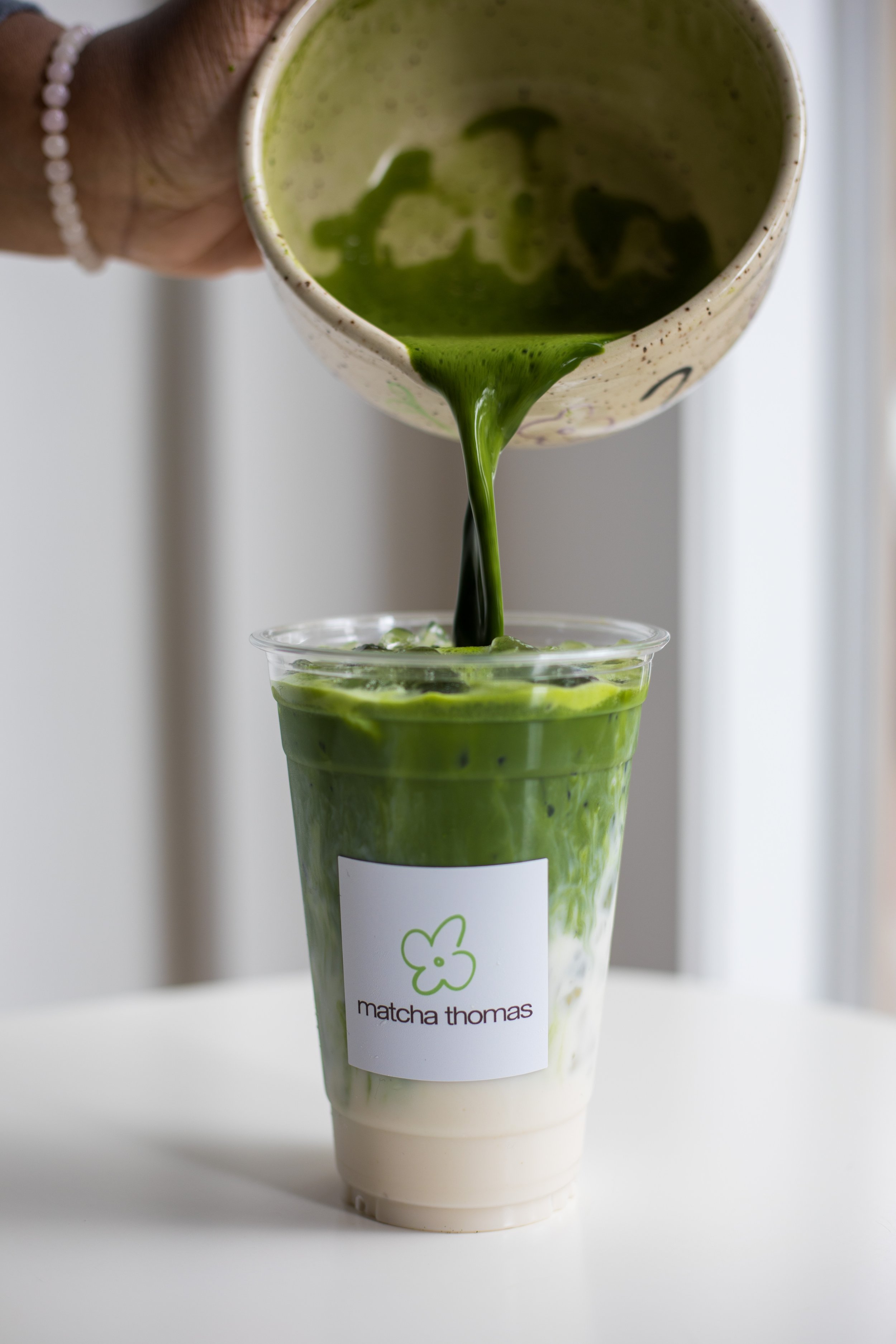
hii! we’re MT⋆˚✿˖°
our teahouse in beacon, ny, is a place for everyday serenity. Marrying café charm with spa-like ambiance, we serve artisanal ceremonial-grade matcha lattes, seasonally-inspired bubble teas, and offer space for visitors to recharge + reconnect with themselves and others.
our matcha & hojicha powders are mindfully-sourced and crafted by tea farmers in Uji, Kyoto, Japan.
family-owned • sister-led
cha 4 all
cha 4 all
Shop our matcha essentials
$36.99
$23.99
UPDATE, REDUCED HRS:
Due to the ongoing matcha shortage, we're now open 4 days a week (thursday-sunday, 10–5pm).
the teahouse
a fast-casual, wellness teahouse for all. @ Matcha Thomas, we whisk up sips for the soul.
We prioritize premium quality by honoring centuries-old tea traditions and playfully expanding upon them with creative twists. From pure matcha (usucha) to “orange blossom” matcha lattes or fresh, seasonal specials like “apple pie” bubble tea, we’ve let our love for tea forge new possibilities for flavor and joy.
**All items are 100% plant-based, gluten-free, & refined sugar-free.
the Matcha-Mobile
It’s Matcha Thomas - on wheels! Our matcha-mobile is ready to bring premium matcha lattes and/or artisanal bubble teas to your next event, gathering, celebration, and more.
See it in action and book below :)







